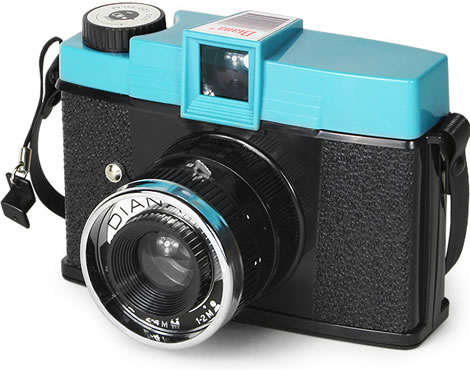
The all-plastic lens on this 60s inspired Diana+ camera will ensure that you get the original “dreamy, gorgeous, color-drenched, sometimes-blurry, and often-mind-blowing” feeling in your photos.
Two Shutter Speeds:
Choose between ‘N’ for normal daytime snapshots or ‘B’ for unlimited indoor and nighttime exposures.Two Image Sizes:
For your pleasure, you can choose between the 12 full-frame shots (520x520mm), or 16 smaller square images – in the classic Diana format (420mx420mm)Multiple and Partial Exposures:
You can advance the Diana+ as much or as little as you like after each shot – making multiple exposures, half-exposed frames, and stretched out crazy-long shots a snap.Pinhole Function:
Remove the lens, set the aperture to a super-small pinhole and shoot a super-wide-angle, severely old-school image through a tiny hole.Endless Panorama:
Use this setting along with the smaller image format (420mmx420mm) to place sequential frames right next to each other and create a concurrent and unlimited panoramic image.Shutter Lock and Tripod Thread:
Sharp and solid long exposures (especially pinhole images) require a steady camera. To help you out, there’s a standard tripod thread on the bottom of your Diana+ and a small shutter lock that allows you to keep the shutter indefinitely without holding it down.
Diana+ example photos:
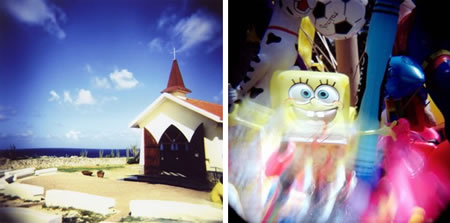
Product Features:
- A recreation of the 1960’s retro classic
- Film format: 120 (Medium Format)
- Variable shutter (daytime & ‘B’ for unlimited long exposures)
- Removable lens for super-wide-angle pinhole shots
- 200 page Dian history book included
- Picture Formats: 12-shot (520x520mm), 16-shot (420x420mm), and endless Panorama (460x460mm)
The Diana+ Camera measures H 90(H) x 35(W) x 90(D) mm and is available from the Drinkstuff.com website for £39.95 (about $79 USD).

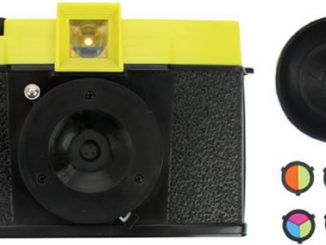
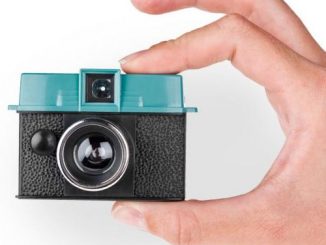
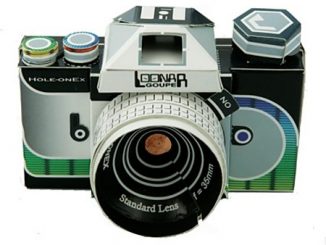
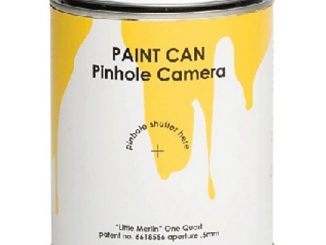
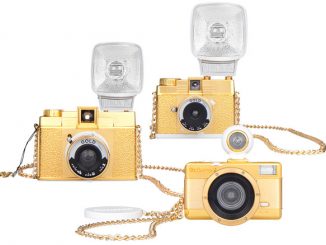
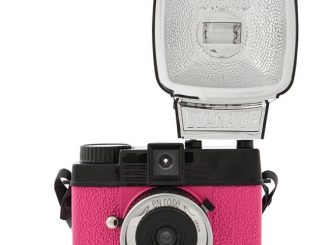
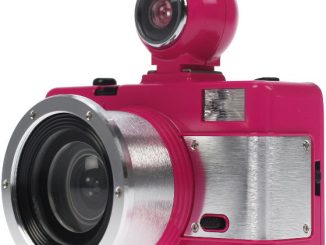
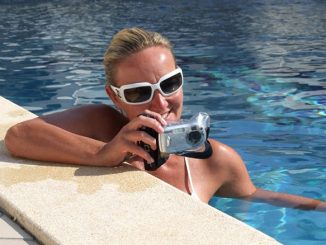
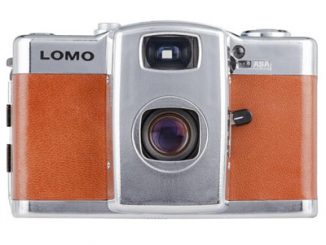
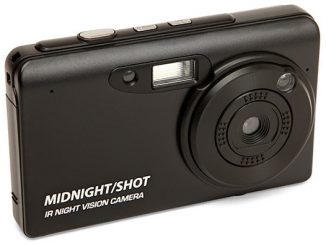
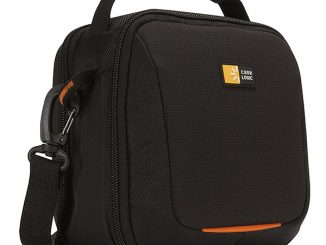

I am VERY tempted to purchase this… nice find!
Please let me know if you do Gigi, it would be nice to hear what you think about the camera. Thanks for stopping by!
You really don’t need much to take good pictures. Modern, expensive cameras has so much functions to help, but in the end i is behind the camera in the brain of the photographer the images has to be composed! 🙂
That is very true, Mattias! 🙂
Thanks for your comment!
Diana is gorgousness.
She’s proof that there is beauty in mistakes.